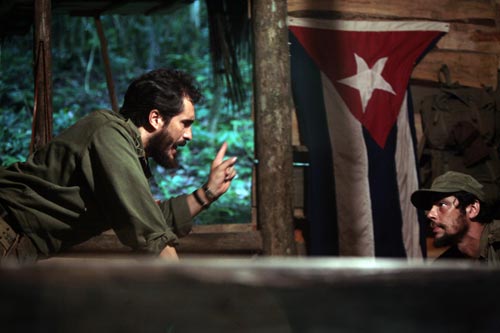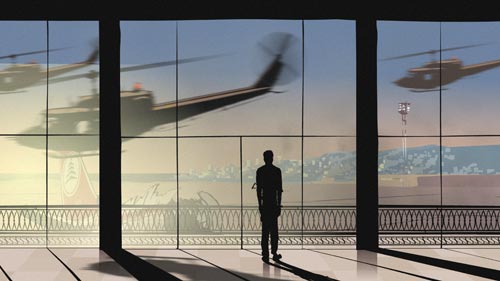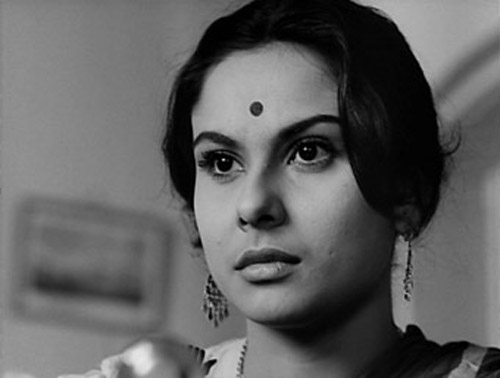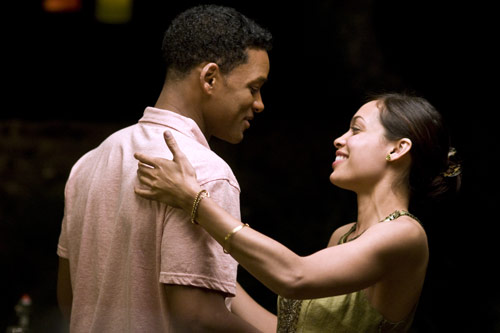
“Since the dawn of time, storytellers have enchanted,†a deep-voiced narrator tells us at the beginning. But rather than hearkening back to the dawn of time, Inkheart references The Wizard of Oz and especially Harry Potter. The Wizard of Oz references are explicit, as Brendan Fraser plays Silvertongue, a man who can make fictional characters appear in real life, just by reading a book. So he reads L. Frank Baum’s famous story, and a tornado and flying monkeys appear.

The problem is that Fraser’s “gift†also makes real people disappear into the book, which is what happened to his wife. So he, with a cutie tween daughter in tow (played by Eliza Hope Bennett), is searching for a copy of the novel that holds said wife imprisoned. But Fraser isn’t the only one looking for that book. Paul Bettany plays the morose Dustfinger, who was summoned by Fraser but desperately wants to get back into fiction-land so he can be reunited with his wife. And then there’s the villain Capricorn, who likes being in the real world and only wants to force Fraser to keep reading from various books, so as to get more wealth and power.
No one mentions Harry Potter in the film, but that was clearly on the minds of its producers and screenwriters. Inkheart tries to summon the magic and utterly fails. Part of the problem is that the movie feels cheap, with substandard special effects, chintzy production design, and lots of scenes where people just stand around and talk. Not that dialogue is necessarily bad, but it is when it’s merely a way to move the story forward without having to conjure up a new set.
Fraser is apparently the Hollywood go-to guy for acting in front of a green screen, and he’s fine here. Bettany is largely wasted, but he doesn’t embarrass himself. Ditto for Helen Mirren. And while I’m sure Miss Bennett looks smashing on the commercials that air on Nickelodeon, someone will have to explain why Brendan Fraser’s daughter speaks with a British accent. Suffice it to say, I was not enchanted.











